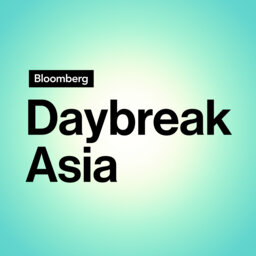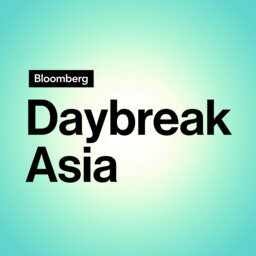Apple, Amazon, and Intel Earnings; Intel CEO Pat Gelsinger
Featuring:
Elfreda Jonker, Client Portfolio Manager and Investment Specialist at Alphinity Investment Management
Pat Gelsinger, Chief Executive Officer at Intel
Maribel Lopez, Founder and Principal Analyst at Lopez Research
What would YOU like to hear about on Bloomberg? Help make shows like ours even better by taking our Bloomberg audience survey.
Apple: https://podcasts.apple.com/us/podcast/bloomberg-daybreak-asia/id1663863437
Spotify: https://open.spotify.com/show/0Ccfge70zthAgVfm0NVw1b
TuneIn: https://tunein.com/podcasts/Asian-Talk/Bloomberg-Daybreak-Asia-Edition-p247557/?lang=es-es
 Bloomberg Daybreak: Asia Edition
Bloomberg Daybreak: Asia Edition


